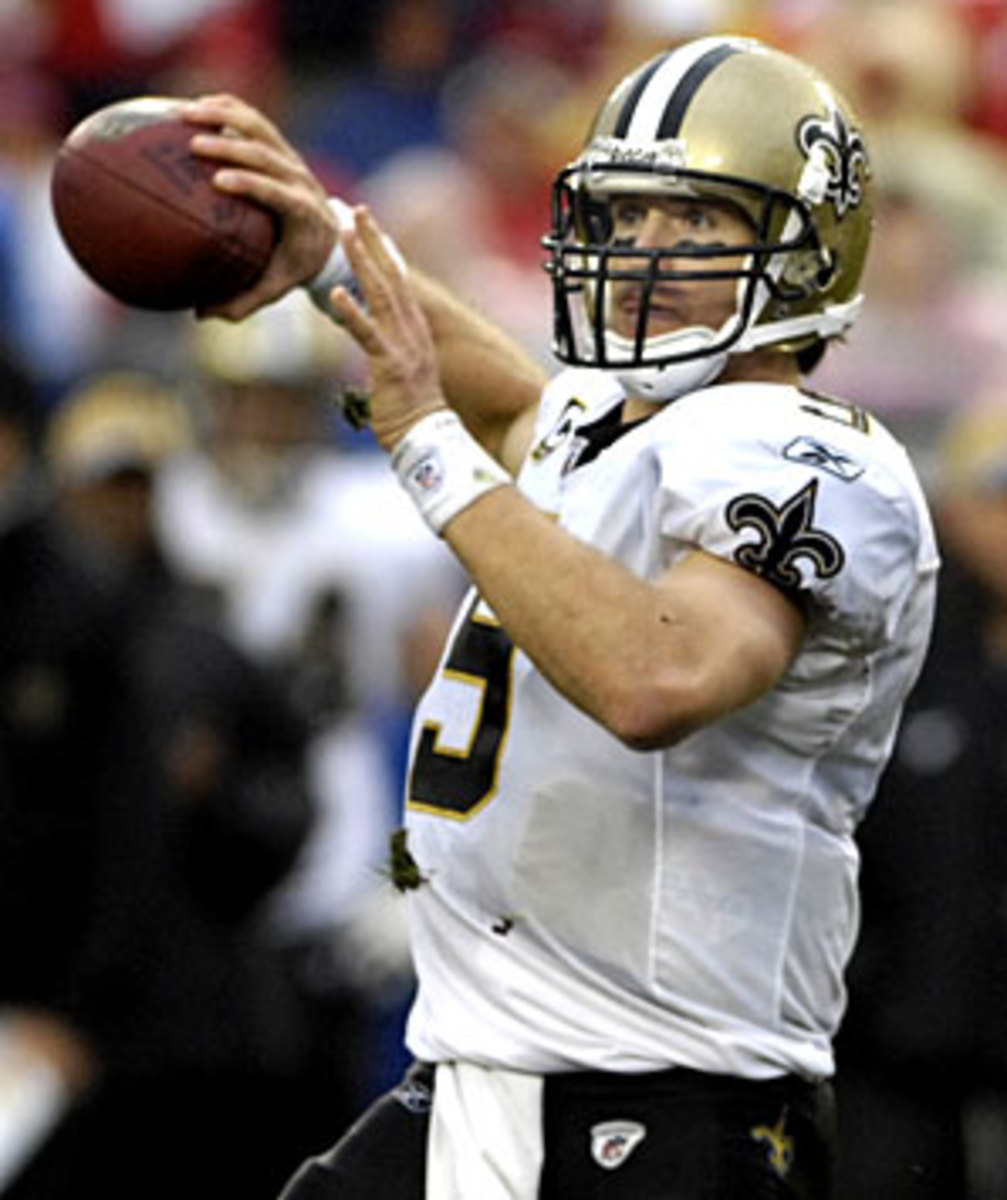
Fantasy football scribes tend to overrate players in preseason
Ask any fantasy football writer what he hates most in life, and you'll get one of two answers:
Having to produce pre-camp projections and player rankings, or
Being limited to just one pass at the free buffet at the Sportswriters' Award ceremony
At times the task of producing all those projections and rankings causes us to lose track of the big picture. For example, no matter how many 1,000 yard rushers I project for the upcoming season, one of my colleagues will invariably say "How could you possibly not have Larry Johnson listed as a 1,000 yard rusher? He's due for a bounce-back! Are you insane?" Which is usually followed by "...what do you mean you voted for Bush twice? Are you insane?".
The truth of the matter is that most human prognosticators tend to overrate players; the first cut of any RB projection usually has a total of over 20 1,000-yard rushers. But that's only natural... most of us only want to look at the bright side of life (apologies to Graham Chapman in The Life of Brian). Fact is that a more cold, unemotional analysis yields truer results -- and when we're talking cold and unemotional, we can only be talking about two things: (a) the Sports Grumblings' supercomputer, Mighty Max and (b) the traffic cop who just wrote me that parking ticket -- as I crossed Sixth Avenue frantically waiving the quarter I was about to drop in the parking meter.
In order to get a handle on the situation, I asked Max to produce the total number of NFL "milestone" performances over the past five seasons. For the offensive side of the ball, I defined the somewhat traditional milestones:
• Number of 1,000-yard rushers• Number of 1,000-yard receivers• Number of 3,000-yard passers• Number of players who scored at least a combined 10 TDs (via rush or reception);• Number of QBs with at least 20 passing TDs
The results may be a little surprising to you:
For you math geeks, the projections for 2009 are derived from a simple linear trend; for everyone else, the projections were made by a computer that's much smarter than you, so take them at face value and don't scratch your heads too much.
Note some of the surprising results and their implications:
• The remarkable consistency of the number of 1,000-yard rushers. Last season, I took note of the increase in 1,000-yard rushers in 2006; I also gave you three reasons why Mighty Max and I believed the increase was a fluke and that a return to the mean was to be expected. Once again, Max was proven correct.
• The number of 1,000-yard receivers has stabilized. The number of receivers hitting the millennium mark seems to have found its level. Excluding the anomalous 2006 season, it is interesting to note the ratio of 1,000-yard rushers to 1,000-receivers seems to be somewhere around 1:1.3.
What can we take away from all this? I mean, besides the fact that I seem to enjoy numerical analysis and have way too much time on my hands?
The first thing is to look at any player projections that are presented and do some quick math; are there 20-25 1,000-yard rushers listed? After the top 17 or so, drop the remaining players proportionately below the millennium mark; odds are that they were the result of wishful thinking. Same principle applies to the receivers: if you see a greater number of 1,000-yard receivers than last season, odds are that they'll be one or two fewer than last year's total.
As for the passers, we might be seeing a thinning of the herd. As more and more teams use multiple running backs to manage the flow of the offense, the passing yards will not be in vogue -- leaving the big passing yards (and multiple passing TD games) to the cream of the QB crop, like Peyton Manning and Drew Brees.
Oh, in case you were wondering, we pulled out last year's projections to see how close we were to reality ... here are the results:
Mighty Max maintained his amazing accuracy in 2008 -- except for the "20+ Passing TD" category (although, at 80% is still way better than most "experts"). So when looking at his 2009 projections, you might want to be taking notes!
Sometimes, it really does pay to step back and see the forest as opposed to counting each tree.





































